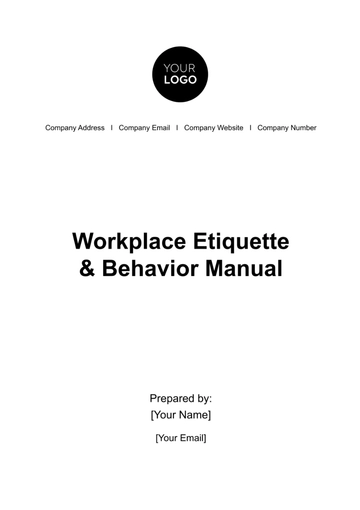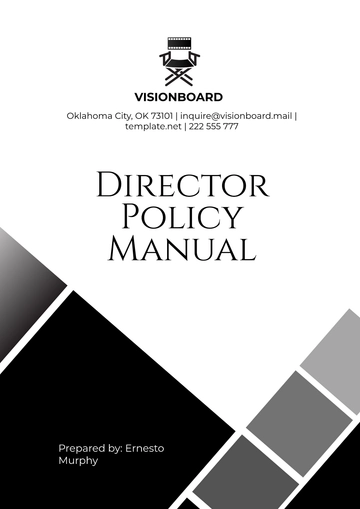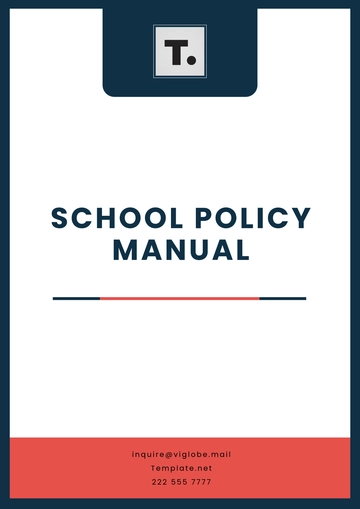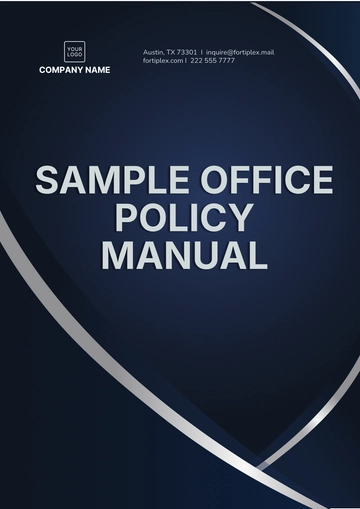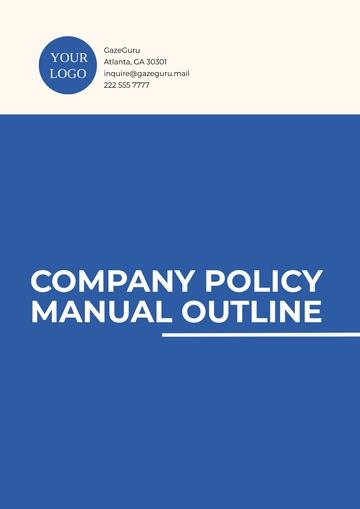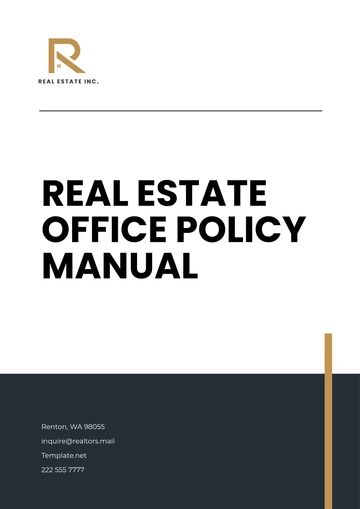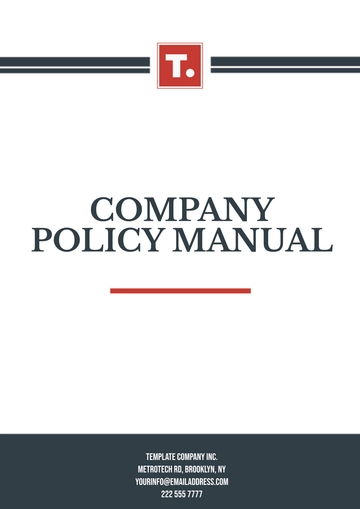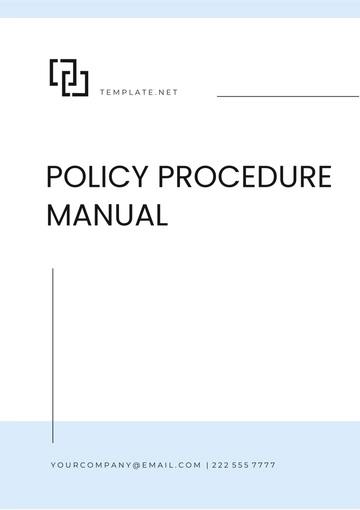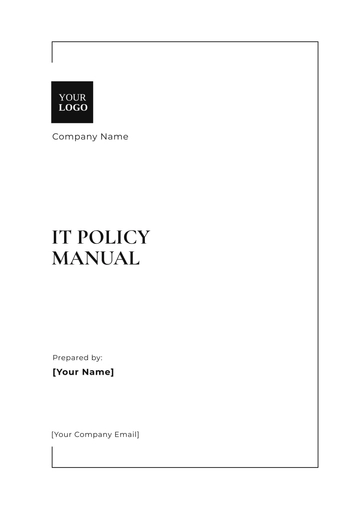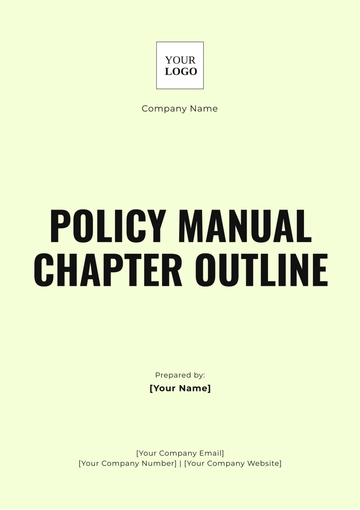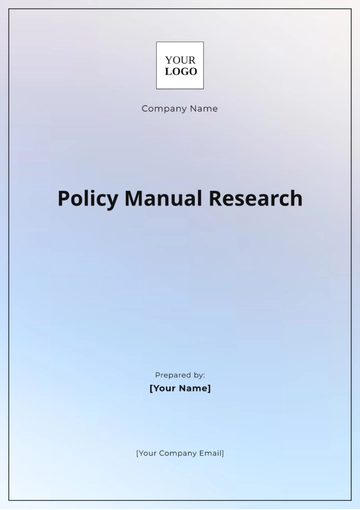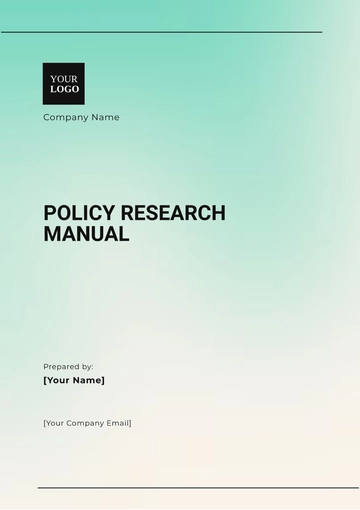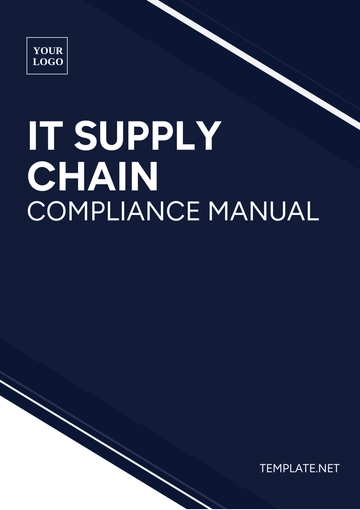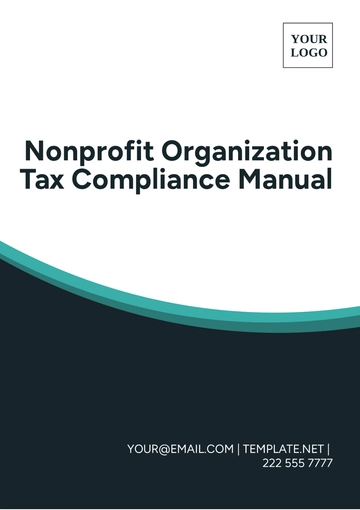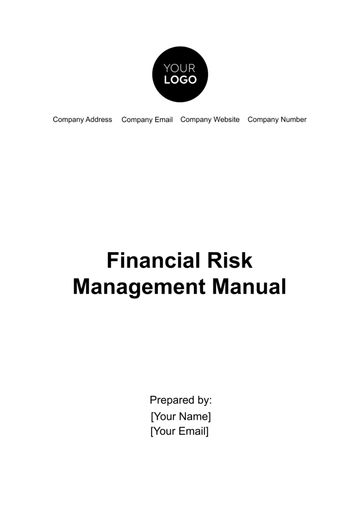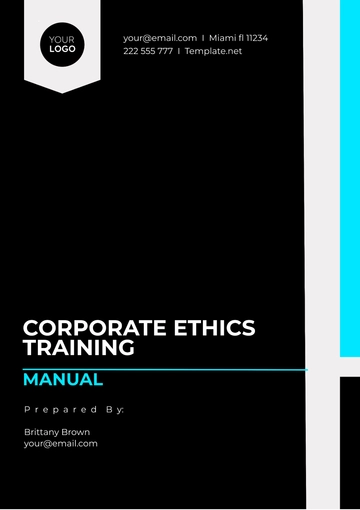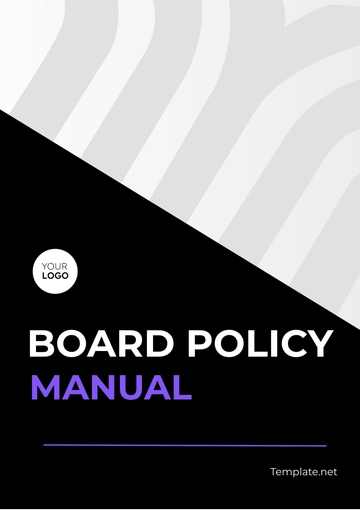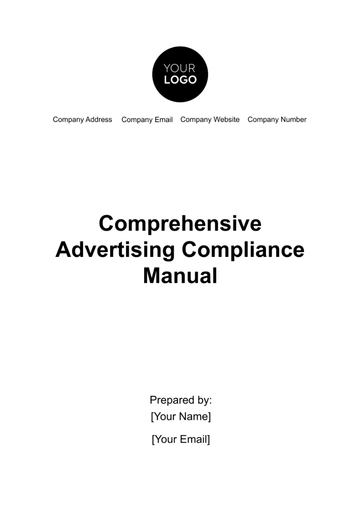Free Talent Pool Management Manual HR
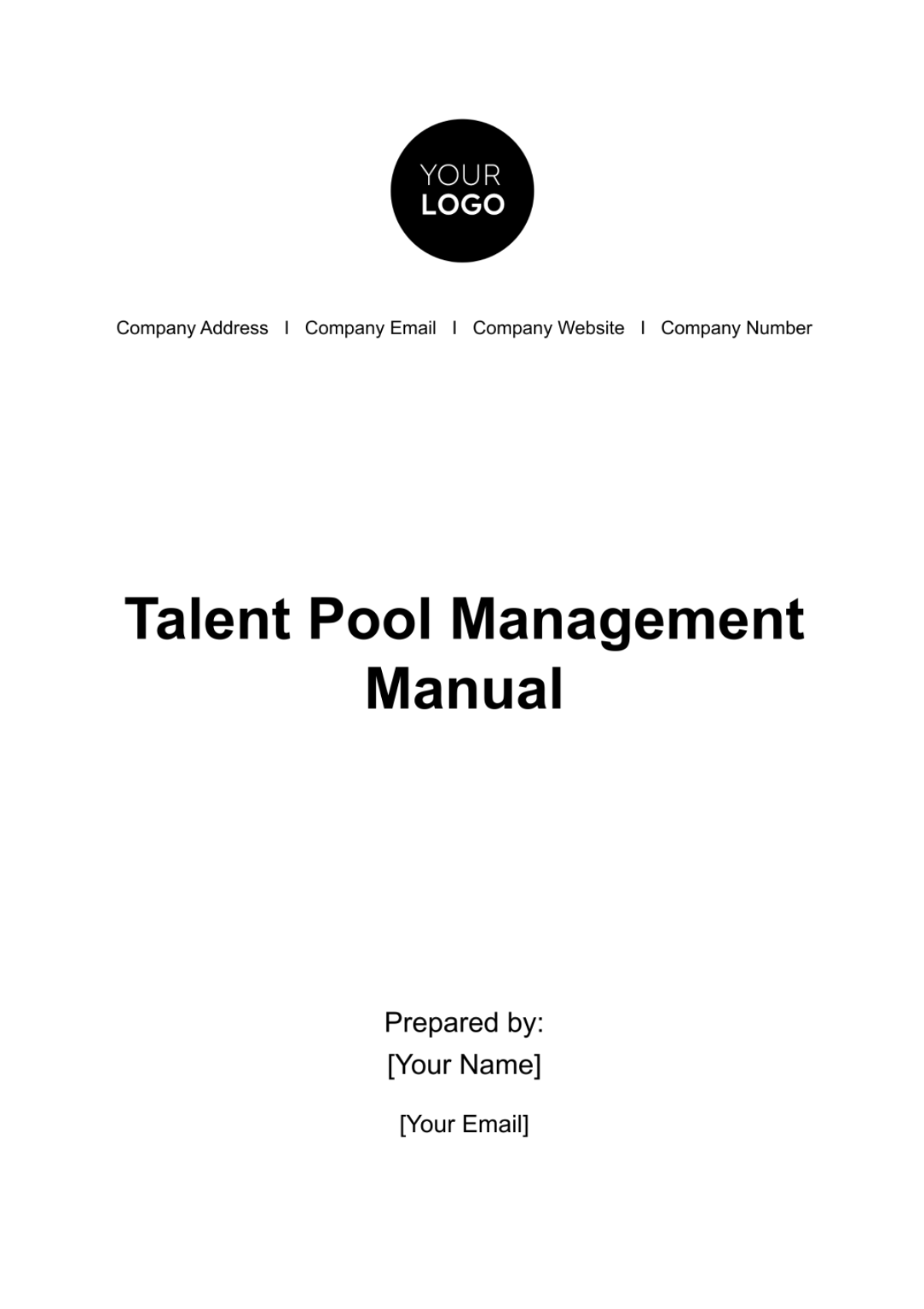
TABLE OF CONTENTS
1. Introduction 2
Why Talent Pool Management Matters in Construction 3
Challenges in Construction Talent Management 3
The Significance of This Manual 3
2. Establishing a Talent Pool 3
2.1. Identifying Talent Needs 3
2.2. Sourcing Talent 4
2.3. Assessing and Selecting Talent 4
3. Talent Pool Maintenance 5
3.1. Onboarding and Integration 5
3.2. Development and Training 5
3.3. Performance Tracking and Feedback 6
4. Talent Pool Utilization 6
4.1. Succession Planning 6
4.2. Project Staffing 7
4.3. Skill and Knowledge Transfer 8
5. Talent Pool Utilization 9
The Significance of Talent Pool Management 9
The Journey We Have Embarked Upon 9
Tailoring to Our Unique Needs 10
The Journey Ahead 10
Introduction
Welcome to the Talent Pool Management Manual for [Company Name]. In the dynamic and demanding world of construction, success is fundamentally tied to the quality of your workforce. This manual has been crafted to provide you with comprehensive insights and guidelines on how to effectively identify, nurture, and leverage talent within our organization.
Why Talent Pool Management Matters in Construction
The construction industry is not just about bricks and mortar; it's about the people who build our dreams, from towering skyscrapers to intricate infrastructure projects. Talent pool management in construction is not a luxury but a strategic necessity. It is the foundation upon which we build a resilient, competitive, and successful organization.
Challenges in Construction Talent Management
The construction industry faces unique challenges when it comes to talent management. It's marked by a cyclical nature, skill shortages, safety concerns, and the need for a diverse range of expertise. To thrive, we must navigate these challenges effectively.
The Significance of This Manual
This manual is designed with [Company Name] in mind, recognizing our specific needs, goals, and objectives. It offers a blueprint for talent management that acknowledges the construction industry's distinct characteristics while providing actionable strategies to excel in our competitive landscape.
Establishing a Talent Pool
Establishing a talent pool is the foundational step in effective talent management. It involves identifying the organization's talent needs and then strategically sourcing the right individuals to meet those needs. This section will provide detailed insights into how to successfully establish a talent pool.
2.1. Identifying Talent Needs
Identifying talent needs is a critical step in ensuring that the right skills and competencies are available within your organization to achieve strategic goals. Here's how to do it effectively:
Workforce Planning: Begin by conducting a thorough analysis of your organization's current workforce. Understand the skills, qualifications, and experiences present within your existing team.
Future Needs Assessment: Identify the future talent requirements by aligning your organization's long-term goals with the skills and competencies needed to achieve them. Consider factors such as growth plans, changes in technology, and industry trends.
Skill Gap Analysis: Conduct a skill gap analysis to determine where your organization lacks critical skills or experiences. This analysis will help identify areas that require immediate attention.
Role Profiling: Develop detailed role profiles for each position within your organization. Specify the required qualifications, experience, and competencies for each role.
2.2. Sourcing Talent
Once you have a clear understanding of your talent needs, the next step is to strategically source individuals who possess the required skills and potential. Here's how to go about it:
Internal Talent Pool: Start by looking within your organization. Consider internal promotions and lateral moves to fill talent gaps. Internal candidates are already familiar with your company's culture and processes.
Employee Referrals: Encourage your existing employees to refer potential candidates. Employee referrals often result in high-quality hires who fit well within your organization.
Online Job Portals: Utilize online job portals, such as LinkedIn, Indeed, and industry-specific platforms, to post job openings and search for potential candidates.
Networking: Attend industry conferences, events, and networking sessions to connect with potential talent. Building relationships within your industry can lead to valuable connections.
2.3. Assessing and Selecting Talent
Implement rigorous assessment processes, including interviews, skills tests, and personality assessments, to evaluate candidates' suitability. Select individuals not only based on current requirements but also their potential for future roles.
Talent Pool Maintenance
Maintaining a talent pool is not a one-time effort but an ongoing process to ensure that your organization's talent continues to thrive and contribute effectively. This section outlines two critical aspects of talent pool maintenance:
3.1. Onboarding and Integration
Effective onboarding and integration processes are essential for bringing new talent into the organization smoothly and ensuring they become productive team members quickly. Here's how to approach this:
Comprehensive Orientation: Develop a comprehensive orientation program that introduces new hires to your organization's culture, values, mission, and vision. Ensure they understand how their role contributes to the overall goals.
Welcome Package: Provide new employees with a welcome package containing essential information about the company, including policies, benefits, and contact details for key personnel.
Mentorship: Assign mentors or buddies to new employees. Mentors can help newcomers navigate the organization, answer questions, and provide guidance, accelerating their integration process.
3.2. Development and Training
Continuous development and training programs are essential to nurture talent, enhance skills, and adapt to changing business needs. Here's how to maintain the development of your talent pool:
Individual Development Plans: Work with employees to create Individual Development Plans (IDPs) that outline their career goals, development needs, and training requirements. IDPs should align with organizational goals.
Tailored Training: Offer customized training programs based on employees' roles and development plans. This may include technical skills, leadership training, and soft skills development.
Cross-Training: Encourage cross-training within teams and departments to diversify employees' skill sets. This can improve flexibility and facilitate smoother transitions during staffing changes.
Leadership Development: Identify potential future leaders within your talent pool and provide them with targeted leadership development programs. Succession planning is essential for organizational continuity.
3.3. Performance Tracking and Feedback
Implement a robust performance management system that includes regular feedback sessions, goal-setting, and performance reviews. Recognize and reward exceptional performance while addressing areas for improvement constructively.
Talent Pool Utilization
Talent pool utilization is the process of strategically deploying the skills, experiences, and potential within your talent pool to meet your organization's current and future needs. This section covers three critical aspects of talent pool utilization:
4.1. Succession Planning
Succession planning ensures that your organization has a pipeline of talented individuals ready to step into key roles as they become vacant, whether due to promotions, retirements, or unforeseen circumstances. Here's how to establish an effective succession planning process:
Identify Key Positions: Identify critical roles and positions within your organization that require a succession plan. These are typically leadership and specialized positions.
Talent Identification: Identify high-potential employees within your talent pool who have the skills, experience, and potential to assume these key roles in the future.
Development Plans: Create individual development plans (IDPs) for potential successors. These plans should outline the training, mentoring, and experiences required to prepare them for leadership roles.
Mentoring and Coaching: Pair potential successors with mentors or coaches who can provide guidance, share knowledge, and facilitate their growth.
Regular Assessments: Continuously assess the progress and readiness of potential successors. Adjust development plans as needed to address gaps and ensure they are well-prepared.
Knowledge Transfer: Encourage retiring or departing employees to participate in knowledge transfer activities to ensure a smooth transition when successors step into their roles.
Diversity and Inclusion: Ensure diversity and inclusion in succession planning to foster a variety of perspectives and experiences in leadership positions.
Talent Pool Utilization
Talent pool utilization is the process of strategically deploying the skills, experiences, and potential within your talent pool to meet your organization's current and future needs. This section covers three critical aspects of talent pool utilization:
4.2. Project Staffing
Efficient project staffing involves assigning the right individuals with the necessary skills and competencies to projects. Here's how to optimize project staffing using your talent pool:
Skill Matching: Match the skills and experiences of employees in your talent pool to the specific requirements of each project. Ensure that project teams have the expertise needed for success.
Resource Allocation: Develop a clear resource allocation process to ensure that talent is deployed efficiently. Consider factors such as availability, workload, and project timelines.
Skills Inventory: Maintain an up-to-date skills inventory that provides a quick overview of the skills and qualifications of your talent pool, making it easier to identify suitable candidates for projects.
Project Managers: Train project managers to effectively assess the skillsets required for their projects and select the right team members from the talent pool.
Performance Tracking: Continuously monitor the performance of employees on projects and provide feedback to improve future staffing decisions.
Cross-Functional Teams: Encourage the formation of cross-functional teams to leverage diverse skills and perspectives on complex projects.
4.3. Skill and Knowledge Transfer
Effective skill and knowledge transfer ensure that critical expertise is shared within the organization, reducing the risk of losing vital capabilities when employees leave. Here's how to facilitate skill and knowledge transfer:
Mentorship Programs: Establish mentorship programs that pair experienced employees with newer hires to facilitate the transfer of skills and knowledge.
Documentation: Encourage employees to document their processes, best practices, and lessons learned. Create a centralized knowledge repository for easy access.
Training Workshops: Organize workshops and training sessions where employees can share their expertise and experiences with their colleagues.
Cross-Training: Implement cross-training initiatives where employees learn skills outside their immediate roles, promoting a more versatile workforce.
Exit Interviews: Conduct exit interviews with departing employees to capture their knowledge and gather insights for improvement.
Learning Culture: Foster a culture of continuous learning and knowledge sharing where employees are encouraged to collaborate and teach each other.
By effectively implementing succession planning, optimizing project staffing, and facilitating skill and knowledge transfer, you can leverage the full potential of your talent pool to drive organizational success and adapt to changing circumstances. Talent pool utilization is not just about filling positions; it's about ensuring that your organization remains agile, skilled, and competitive.
Talent Pool Utilization
In the dynamic landscape of talent management, the ability to effectively identify, nurture, and leverage talent within your organization is the key to sustained success. This Talent Pool Management Manual has provided comprehensive insights and guidelines tailored to the specific needs of [Company Name]. Let us recap the core principles and the significance of talent pool management.
The Significance of Talent Pool Management
Talent pool management is not a mere human resources function but a strategic imperative for [Company Name]. It underpins our ability to build a resilient, competitive, and thriving organization. Our success in the construction industry is intrinsically linked to the skills, expertise, and dedication of our workforce.
The Journey We Have Embarked Upon
This manual has guided us through the essential components of talent pool management:
Establishing a Talent Pool: We learned how to identify talent needs within our organization, ensuring we have the right skills at the right time. Sourcing talent strategically ensures we have access to a diverse pool of qualified individuals.
Talent Pool Maintenance: By focusing on onboarding and integration, we create a welcoming and productive environment for new hires. Development and training initiatives continuously enhance the skills and capabilities of our talent pool.
Talent Pool Utilization: Succession planning ensures that we have future leaders ready to step into key roles. Efficient project staffing allows us to deploy the right talent for each project's unique requirements. Skill and knowledge transfer safeguard critical expertise.
Tailoring to Our Unique Needs
While this manual provides a solid foundation, we must remember to adapt these principles to our unique organizational culture and objectives. Construction is an ever-evolving industry, and our approach to talent management should be flexible and responsive.
The Journey Ahead
Talent pool management is not a destination but an ongoing journey. It's about nurturing and growing our most valuable asset – our people. By consistently applying the principles within this manual, we will not only build a skilled and engaged workforce but also a safer, more efficient, and competitive organization.
As we embark on this journey together, let us remember that effective talent management is an investment in our future. It is through the dedication, development, and empowerment of our employees that [Company Name] will continue to stand tall, constructing a brighter and more prosperous future in the construction industry.
- 100% Customizable, free editor
- Access 1 Million+ Templates, photo’s & graphics
- Download or share as a template
- Click and replace photos, graphics, text, backgrounds
- Resize, crop, AI write & more
- Access advanced editor
Optimize your talent acquisition strategy with our Talent Pool Management Manual HR Template. Develop a structured approach to identifying, nurturing, and engaging prospective candidates. Streamline HR processes, create a robust talent pipeline, and gain a competitive edge. Elevate your workforce planning and recruitment with this invaluable resource today.


